If plans for your next beach vacation include relaxing, you might want to avoid these dangerous beaches
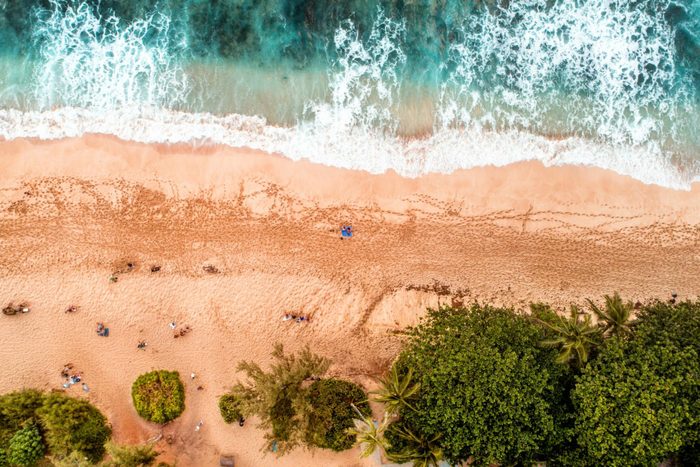
The 13 Most Dangerous Beaches in the World

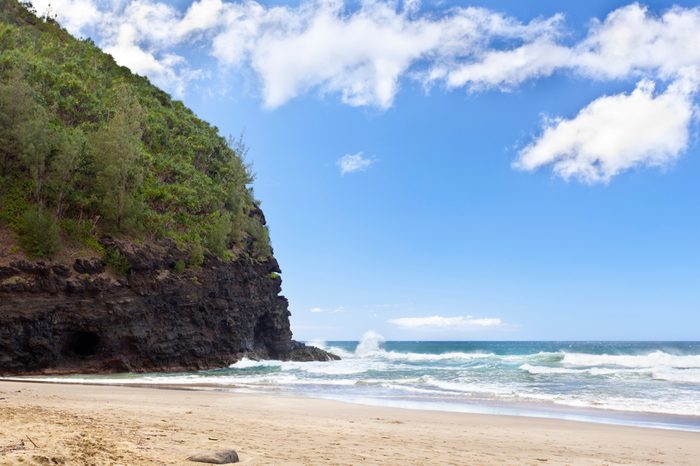
Hanakāpī’ai Beach, Hawaii
The stunning two-mile hike to Hanakāpī’ai Beach on the island of Kauai proves that looks can be deceiving. While the destination may seem like paradise, the water holds incredibly strong rip currents and surf, especially in the winter months. A trail sign keeps an updated tally of the number of deaths stemming from visitors who chose to ignore caution and swim anyway. According to The Outdoor Project, the rip currents are so strong because this coastal area isn’t protected by any reef; many bodies of swimmers are never even recovered.
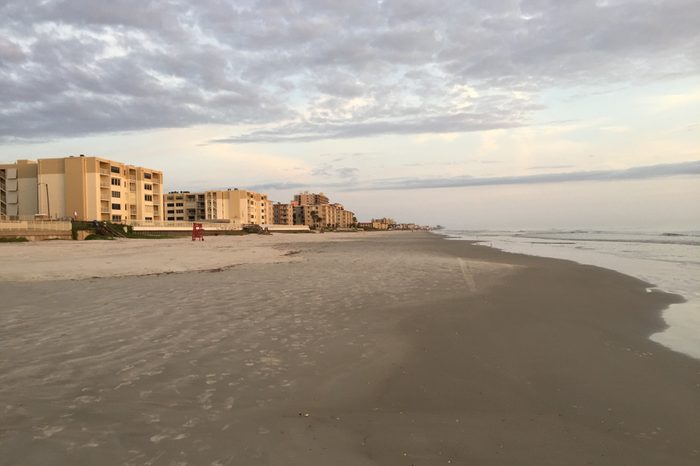
New Smyrna Beach, Florida
It’s known to many as the shark attack capital of the world: New Smyrna Beach-goers are more at risk for shark attacks than anywhere else in the country. According to the International Shark Attack File, there have been more than 300 shark incidents here since 1880, and while you may think that number is small when spread out over almost 150 years, it is higher than anywhere else. Fortunately, many of the shark bites are minor.
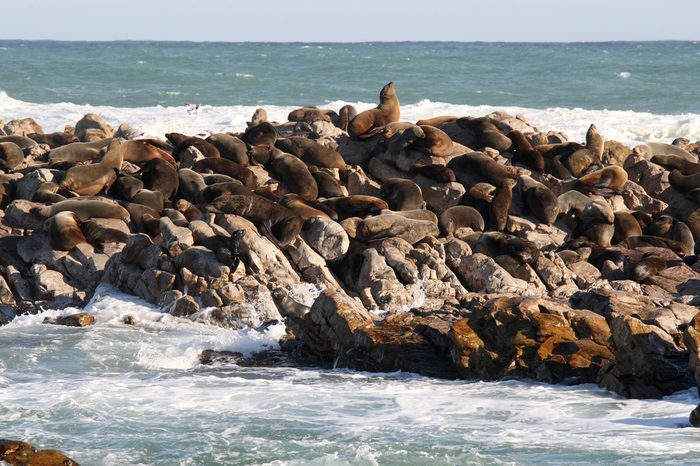
Gansbaai, South Africa
Not far off the coast of this popular vacation destination lies a stretch of ocean called Shark Alley. Shark cage diving, which puts tourists in shark-proof cages to get them up close and personal with the creatures, puts a somewhat safe spin on the area. However, National Geographic points out that there’s an “inordinate amount of blood and chum being dumped along the South African shoreline every day” to lure the sharks close to the boats. And as you can imagine, that’s pretty much the opposite of what you want for your family beach day.
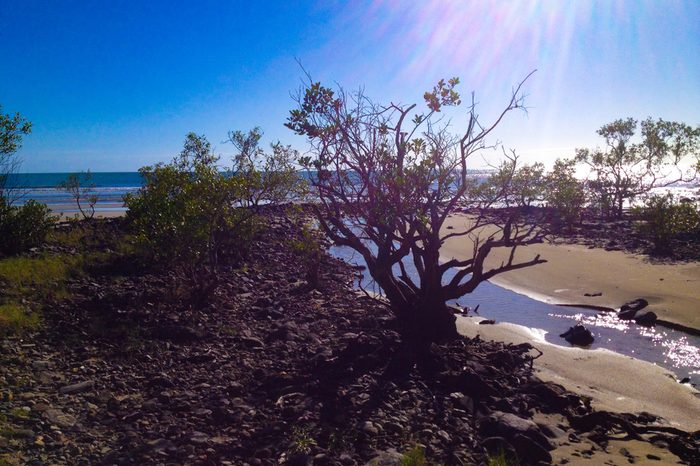
Cape Tribulation, Australia
If you want to swim the waters of the aptly named Cape Tribulation, you may want to wear a protective stinger suit, as the area is home to a lot of box and irukandji jellyfish. Saltwater crocodiles are also prevalent, and frequent signage advises visitors to stay away from the water’s edge, where the crocs tend to hunt.
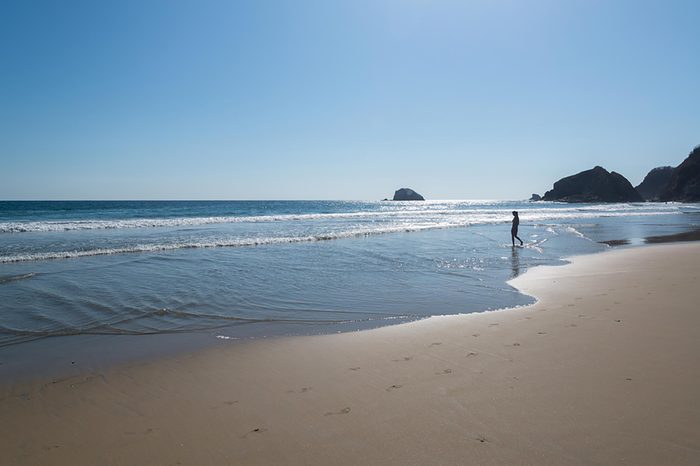
Playa Zipolite, Mexico
When a place’s nickname is the “Beach of Death,” you’ll want to think twice about visiting. Playa Zipolite looks like a stunning oasis, but its waters boast strong and potentially fatal undercurrents. Thanks to the beach’s growing popularity, a special lifeguard team has been put in place, and drownings have decreased. Still, you may want to choose a different destination.
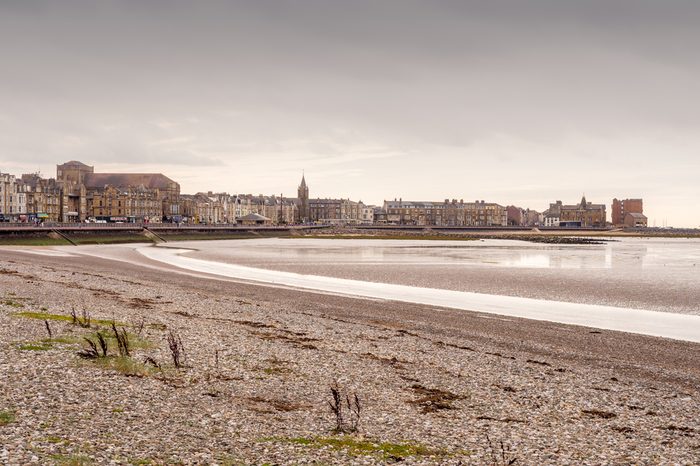
Morecambe Bay, United Kingdom
Described by The Guardian as “a treacherous place,” Morecambe Bay is dangerous because of all the freaky obstacles that dot its shores, such as quicksand, shifting channels and river drainages. The locals have used horse-drawn carts and tractors with trailers to explore the area, and the machinery sometimes sinks into the quicksand, never to be seen again.
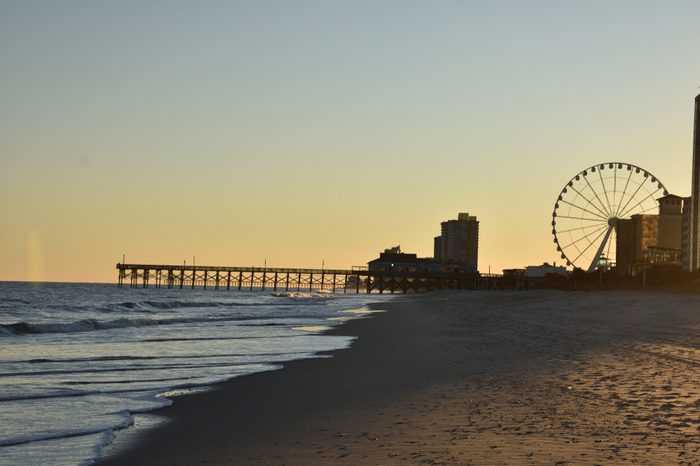
Myrtle Beach, South Carolina
It may not have the same shark-infested waters or pollutants as other destinations on this list, but in 2025, Myrtle Beach was named one of the most dangerous cities in America. In 2023, the area, which some have begun to call “Murder Beach,” had a violent crime rate of over 1,000 incidents per 100,000 people, which is more than double the national average, according to the FBI.
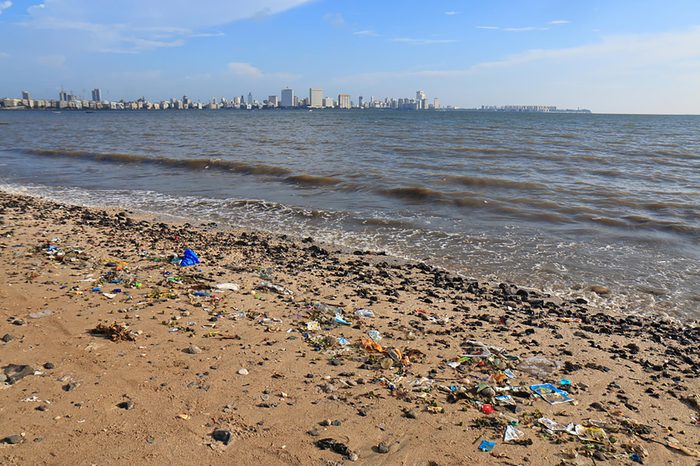
Chowpatty Beach, India
Overwhelming pollution puts Chowpatty Beach in Mumbai on this list: Waste and debris cloud both the waters and shoreline. During monsoon season, piles of plastic wash ashore, and a tractor-mounted cleaning machine must clear them away. Not exactly the vibe for a fun day at the beach.
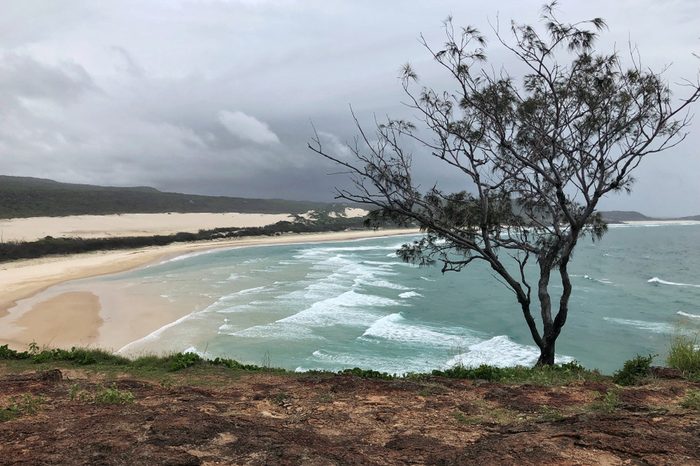
Fraser Island, Australia
Famous for its eco-tourism, Fraser Island attracts adventure-seekers from all over the world. But the beach conditions are unpredictable, and attacks by the island’s dingo population have resulted in deaths. In fact, attacks and safety issues became such a problem that in mid-2019, the Queensland government was forced to take action to manage the island’s dingo population, add ranger patrols and impose an intensive educational program, as well as massive fines for disturbing the dingos.

Amazon Beaches, South America
You’ll find plenty of animals that pose an issue for swimmers here, such as anacondas, electric eels, piranhas and vampire fish (candiru). Unfortunately, the area is also home to quite a bit of gang-related crime, like drug trafficking and robberies. Hundreds of small rivers make it easy for criminals to make their escape, like modern-day pirates.

Northern Territory, Australia
Australia’s aggressive wildlife isn’t limited to the dingos on land. In this far-flung corner of the continent, you’ll share the water with ravenous saltwater crocs, stonefish, jellyfish and so much more. This region is so isolated (most beaches don’t have names; the area is known as Arnhem Land) that any call for help may go unanswered for a long time. Probably better to skip this one!

Ehukai Beach Park, Hawaii
This picturesque beach in Oahu is home to the Banzai Pipeline, a massive wave that breaks onto a shallow reef. The Triple Crown of Surfing and the Billabong Pipeline Masters international surf competitions are held here, and even professional surfers have been critically injured and even died in the area. In February 2025, pro surfer Makai McNamara was put into a medically induced coma after crashing into the reef. Fortunately, he made it out alive and is back in the water.

Kitaizumi Beach, Japan
The devastating tsunami in Fukushima in 2011 triggered damage to a nearby nuclear power plant, releasing radioactive contaminants into the surrounding area, including its many beaches. The power plant has continued to have issues in the decade-plus since, leading to more radioactive poison leaking into the environment. In 2019, Fukushima’s Kitaizumi Beach reopened to the public for the first time after the tsunami, after tests detected no radioactive indicators. However, there’s still public caution, and its popularity never fully bounced back. In 2023, 22,800 people visited, just a quarter of the number that visited in 2011.
Why trust us
At Reader’s Digest, we’re committed to producing high-quality content by writers with expertise and experience in their field in consultation with relevant, qualified experts. We rely on reputable primary sources, including government and professional organizations and academic institutions as well as our writers’ personal experiences where appropriate. We verify all facts and data, back them with credible sourcing and revisit them over time to ensure they remain accurate and up to date. Read more about our team, our contributors and our editorial policies.
Sources:
- Hawai’i Department of Land and Natural Resources: “Kalalau Trail Description”
- Outdoor Project: “Hanakapiai Beach”
- American Surf Magazine: “New Smyrna Beach Shark Attacks (2025 Report)”
- Florida Museum: “International Shark Attack File”
- National Geographic: “Why I Won’t Go Shark Cage Diving”
- Tropical North Queensland: “Jellyfish Stinger Season”
- Yahoo! News Australia: “Outrage as Young People Ignore Aussie Rule at Notorious Creek: ‘Stupid’”
- Express UK: “‘Beach of the dead’: Is THIS the most dangerous beach in the world?”
- The Guardian: “Why is Morecambe Bay so dangerous?”
- U.S. News & World Report: “Most Dangerous Places in the U.S. in 2023–2024”
- FBI Crime Data Explorer: “Crime Trends”
- Times of India: “Mumbai’s Gold Coast Remains Largely Untapped”
- Mid-Day: “Oil Spill: Buyers Shun ‘Slick Ick’ Fish, Say Chowpatty Fishermen”
- U.S. News & World Report: “Dingo Attacks Force Policy Review in Australia”
- Science Magazine: “Shocking Discovery: Electric Eels Hunt in Packs in Amazon Rivers”
- Discovery: “Protecting Pink Dolphins and Piranhas Deep in the Amazon Jungle”
- Associated Press: “Organized crime gangs expanded into a third of cities in Brazil’s Amazon, report finds”
- Marine Life: “Amazon River Hazards”
- Japan Times: “Fukushima beach opens for first time since treated water release”
- Sports Illustrated: “American Surfer Placed in Medically Induced Coma After Banzai Pipeline Crash”



















